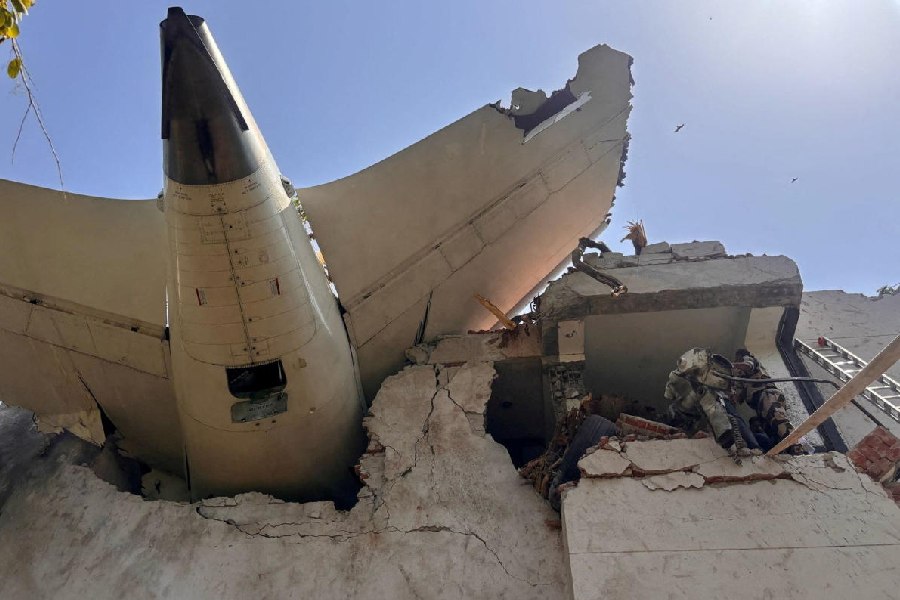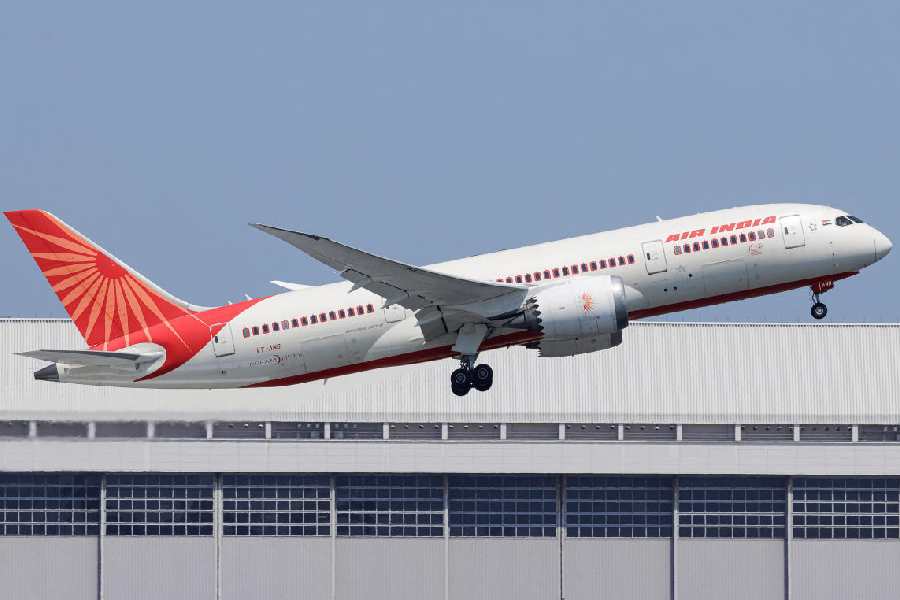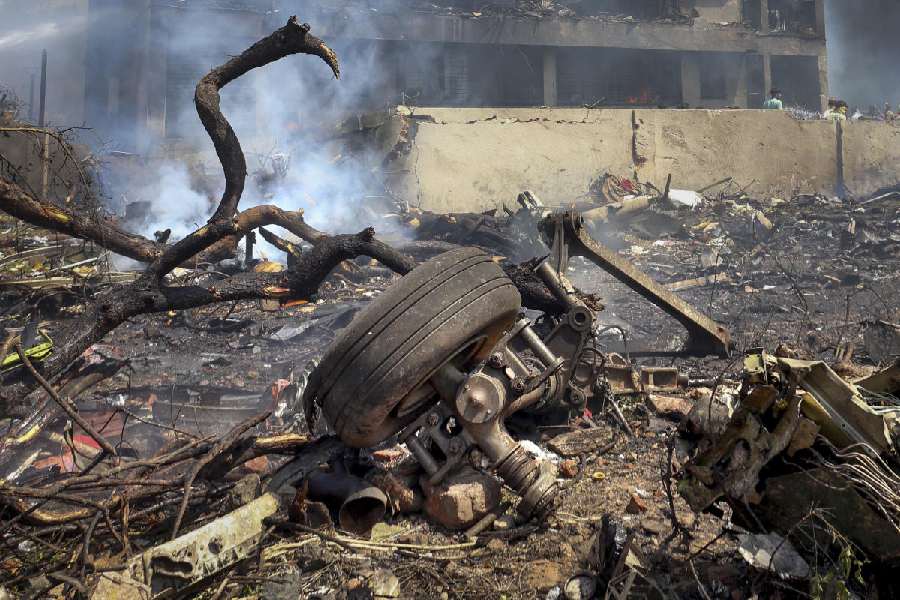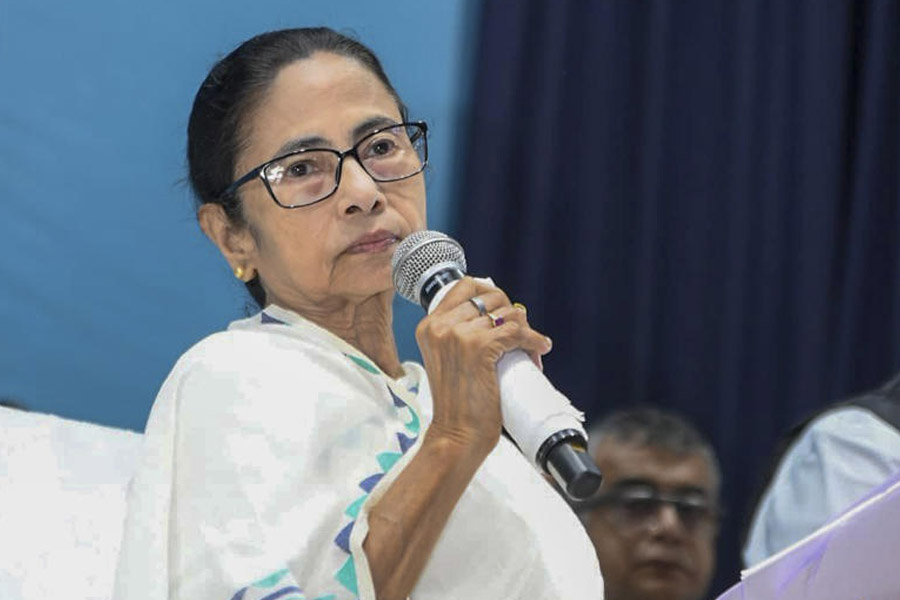New Delhi, Nov. 27: Bengali, Baluchi, Brazilian English, Greek, Icelandic, Russian, and 80 other languages spoken today may all owe their origin to a common tongue used 8,000 years ago on a plateau in Turkey.
Scientists today said that the Indo-European superfamily of languages have their primeval roots in Hittite, an extinct language, spoken by farmers in Turkey’s Anatolia plateau, a region that has served as a cradle for several civilisations.
The 150 Indo-European languages spoken by nearly three billion people across Europe and Asia today have long been suspected to have a common origin.
The new study published today in the journal Nature bolsters the hypothesis that the Indo-European languages expanded with the spread of agriculture from the Anatolia region sometime between 8,000 and 9,500 years ago.
Researchers Russell Gray and Quentin Atkinson from the University of Auckland, New Zealand, analysed 87 Indo-European languages to create a family tree of languages.
Their analysis suggests that the first divergence occurred between 7,800 and 9,800 years ago with Hittite as the oldest among them.
British scholar William Jones, who founded the Asiatic Society of Bengal, was the first to propose a common ancestral language for the Indo-European languages in the late 18th century after he noticed similarities between Greek, Latin, Sanskrit and Persian.
The traditional approach of language analysis has been to compare similarities in languages to determine how close they are to each other. But this technique has a major drawback — it cannot provide absolute dates of when the languages diverged from one another.
For instance, as Gray and Atkinson point out, traditional linguistic data suggests that the age of the Indo-European language may be either 4,000 years ago or 40,000 years ago, or anytime between these dates.
Gray and Atkinson borrowed a technique routinely used by modern biologists to construct evolutionary trees of living organisms based on the genetic differences between different species.
Their analysis suggests that Indo-Aryan languages diverged well before 1,000 BC, which is remarkably consistent with suggestions by several historians that the Rig Veda dates back to sometime between 1,450 BC and 1,000 BC.
The technique that the New Zealand scientists adopted has thrown up a language family tree that also correctly predicts some well-known features of Indian languages. For instance, it shows that Marathi is closely related to Gujarati and that both are closer to Punjabi than to Bengali.
Gray and Atkinson used a technique called glottochronology which computes the distances between two languages based on words with common historical origins. It is based on the assumption that languages too undergo ‘mutations’, just like genes.










